Busy Geek Breakdown:
Lifelong Trekkie or have never seen an episode? Check out:
Season 1; Episode 5. Season 2; Episode 4. Season 3, Episodes 2, 10, 19, 21.
Pay special attention to the balance creators and actors held between pushing cultural issues and the FCC Rules on Obscenity (more closely regulated prior to 1984). It featured storylines that addressed controversial issues, such as racism, war, and politics, and depicted violence and sexuality in a more frank and realistic manner than was typical for the era.
If you just want to see a young George Takei shirtless, oiled up, and wielding a sword, not to mention a savage comeback by Nichelle Nichols, watch Season 1; Episode 4 “The Naked Time”. (that’s the actual title) Or just go here.
Note: If you watch the show on Paramount Plus, the original Pilot is listed as Season 1; Episode 1. This throws the episode count off for Season 1.
For seasoned Trekkies, or people who just like numbered lists, skip ahead here.
For the Total Star Trek Red Shirts (read: Noobs) read below:
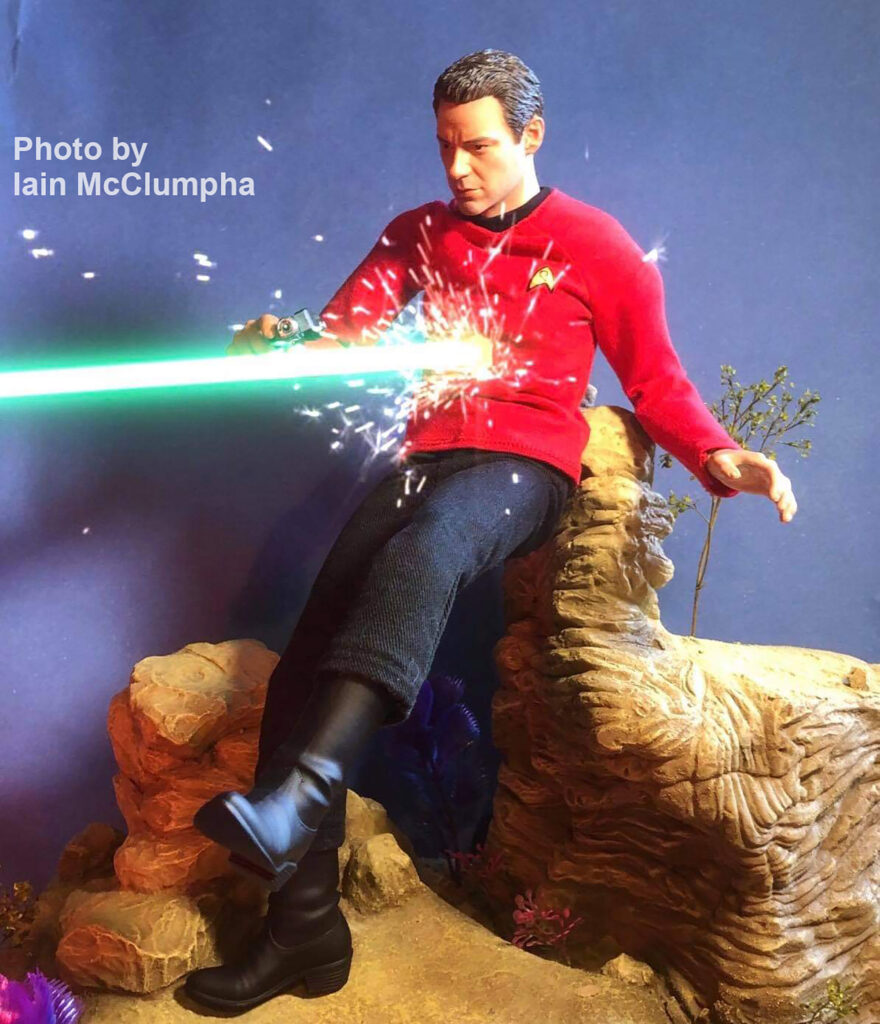
The first Star Trek series, known as The Original Series (TOS), was created by Gene Roddenberry and premiered on CTV in Canada on September 6th, 1966. It later aired on NBC in America on September 8th, 1966. The show followed the voyages of the USS Enterprise under Captain James T. Kirk and was set in the 23rd century, presenting themes of a Utopian society and racial equality. It was originally referred to simply as Star Trek prior to the release of spin-offs.
Despite performing well in its time slot when it first aired, the show was cancelled after three seasons due to budget issues resulting in lower quality episodes and a shift to a Friday night time slot. However, after entering syndication, the show’s popularity skyrocketed. It was notable for featuring the first African-American officer in a recurring role, as well as a Japanese-American in an intelligent and capable role rather than the racist farce many other shows used. They even has a Russian officer, as this was the height of the Cold War, and Roddenberry’s vision of the future meant that such things were far behind us.
A decade later, the original cast reunited for the movie Star Trek: The Motion Picture aboard a refurbished USS Enterprise. They went on to appear in five more films, culminating in Star Trek VI: The Undiscovered Country in 1991, which was produced during the spin-off series Star Trek: The Next Generation and shortly before Gene Roddenberry’s passing. Characters from the original series also appeared in later Star Trek productions, including the seventh movie, Star Trek Generations. Of course Leonard Nimoy also played a role in the Kelvin timeline films later, where all of the characters were re-cast with modern actors.
Alright, now that we’re all on the same page, let’s Dive in!
A few years ago, I began a re-watch of Star Trek, starting with TOS, and posted out-of-context Tweets of my reactions. I’ve recently re-watched some of my favorite episodes to discuss LGBTQ+ stories, including Queer Coding and allegory. Disclaimer, while working on writing up my notes for my Star Trek TOS re-watch, I’ve been catching up on several years of RuPaul’s Drag Race. This may or may not have impacted which details I notice and my narrative style.
The Original Series of Star Trek featured several episodes with queer-coded subtext and some moments that fans have interpreted as having LGBTQ+ themes. However, it’s worth noting that because the show aired in the 1960s, overtly LGBTQ+ representation was impossible due to the time’s social and cultural context. In addition, the original series aired just four years after Illinois became the first state to decriminalize homosexuality and went off the air a few weeks before the Stone Wall Riots in June 1969.
Lucille Ball and Gene Roddenberry played a significant role in balancing queer coding and pushing issues of LGBTQ and racial equality in Star Trek The Original Series while keeping the show on the air in a less tolerant time.
Lucille Ball was instrumental in getting Star Trek on the air, as she owned Desilu Studios, the production company that produced the show. She was a well-known trailblazer in the industry and was committed to promoting diversity and inclusivity in her productions. It was because of her support that Gene Roddenberry was able to push the boundaries of what was acceptable on television at the time, including addressing issues of LGBTQ and racial equality.
Gene Roddenberry was a visionary who believed that science fiction could be a tool for promoting social justice and progressive values. He used the genre to explore complex social issues, including gender, race, and sexuality, in a way impossible in more traditional programming. He recognized the potential of science fiction to push the boundaries of what was acceptable on television and in society.

One way Roddenberry pushed the envelope was through queer coding, which refers to the subtle ways in which character or situation portrayal suggests same-sex attraction or non-conforming gender identities without explicitly stating them. This allowed Roddenberry to address LGBTQ issues in a way that was less likely to attract backlash from conservative viewers and censors.
Overall, Lucille Ball and Gene Roddenberry were instrumental in balancing queer coding and pushing issues of LGBTQ and racial equality in Star Trek The Original Series while keeping the show on the air in a less tolerant time. They were pioneers in the industry and used their positions of power to promote diversity and inclusivity on television. Their legacy continues to inspire and influence future generations of creators and viewers alike.
Now that you’re all briefed, On To The List!!!!!!
6. “The Enemy Within” (Season 1; Episode 5):
One episode often cited as having queer-coded themes is “The Enemy Within” from the first season. And not just because you get to see this adorably grumpy ‘Unicorn Dog”.
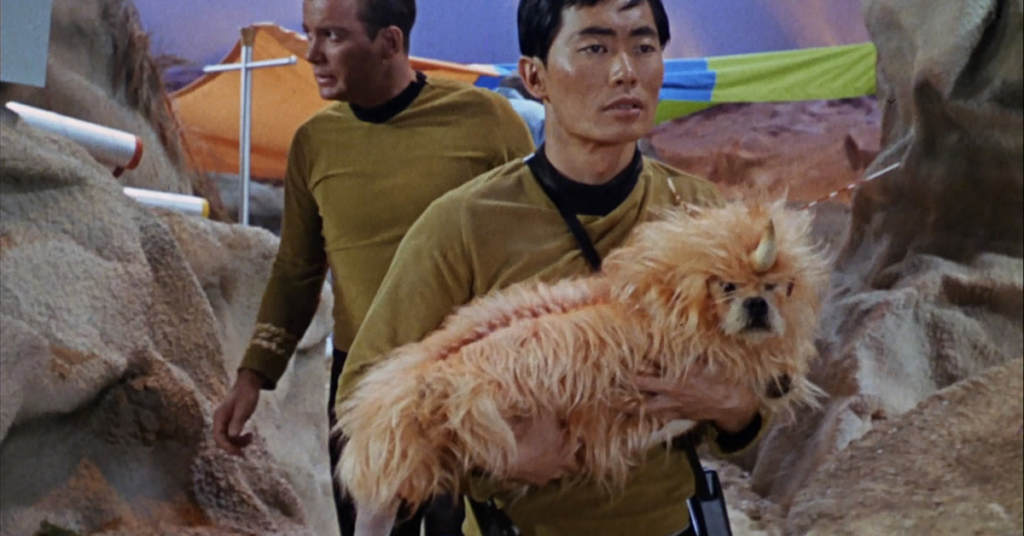
In this episode, Captain Kirk is split into two separate beings by a transporter malfunction, with one half embodying his “good” qualities and the other half his “bad” qualities. The “bad” half is more aggressive and sexually assertive, and at one point, he attempts to assault Yeoman Rand, one of the few prominent women on the show (you can tell he’s a bad boy because of his demand for Saurian Brandy, his eye makeup, the attempted Sexual Assault, and the manic yelling “I’m Captain Kirk!”.)
This split allows the writers to explore the duality of human nature in a unique and thought-provoking way.Some have interpreted this scene as a metaphor for sexual violence against women. However, others argue it has homoerotic undertones, with the aggressive Kirk representing a repressed homosexual desire. Ultimately, he realizes that embracing his more primal nature makes him a good Captain, as without it, he’s too meek and mild to make any of the difficult decisions he’s called upon to make.
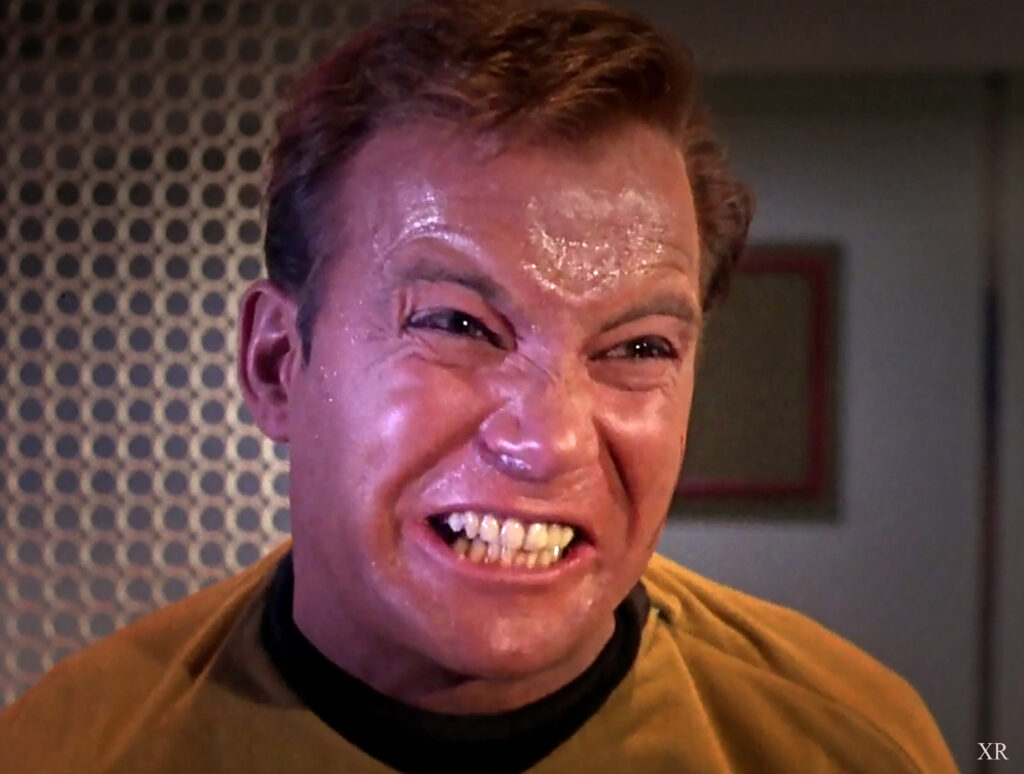
As the episode unfolds, the crew must grapple with the consequences of their captain’s split personality and work together to reunite the two halves of his being. The scenes between the two versions of Kirk are compelling, highlighting our internal struggle to reconcile conflicting aspects of our personalities.
Now, while this episode may not explicitly include the LGBTQ community, its themes of identity and acceptance are universal and can resonate with all viewers, regardless of their sexual orientation or gender identity. And that’s something we can all appreciate, right, my loves?
So, while, “The Enemy Within” may not be the most groundbreaking episode of Star Trek regarding LGBTQ representation, its exploration of human duality and the power of acceptance is universal and timeless. The costume choices and character interactions are on point, and the episode is engaging and thought-provoking. Let’s all remember that we all have light and darkness within us and that acceptance and understanding can help us find peace and wholeness in ourselves and the world around us.
5. “Mirror, Mirror” (Season 2; Episode 4):
Another episode with queer-coded subtext is “Mirror, Mirror” from the second season, which features an alternate universe where the crew of the Enterprise is all ruthless and power-hungry. In this universe, the Tehran Empire (vary much Nazi type ideals of extreme xenophobia and subjugation, mixed with a slight Klingon aesthetic) has expanded instead of the Federation. (You can tell that Spock is evil because he has a goatee )
Let’s dive into “Mirror, Mirror.”
“Mirror, Mirror” is an iconic episode of Star Trek, exploring the concept of parallel universes and the darker sides of human nature. While the episode doesn’t specifically address LGBTQ issues, its themes of power and domination certainly have relevance to the experiences of many in the LGBTQ community.
One aspect of this episode that caught my eye was the costume choices. The uniforms worn by the crew of the USS Enterprise in the mirror universe are noticeably different from their counterparts in the regular universe, featuring more revealing cuts and darker colors. These costume choices help to emphasize the mirror universe’s more aggressive and dominant nature and create a distinct contrast with the regular universe’s more formal and modest uniforms.

Spock is fascinating in this episode, as he must confront the darker aspects of his nature in the mirror universe. As a Vulcan, Spock prides himself on his logical and rational approach to life, but in the mirror universe, he is more aggressive and emotional to survive. This exploration of internal conflict and the struggle between reason and emotion is something that many in the LGBTQ community can undoubtedly relate to.
Throughout the episode, the crew must navigate the unfamiliar and dangerous mirror universe while grappling with the consequences of their actions in that world. The power dynamics and struggles for dominance are starkly evident. The episode serves as a cautionary tale about the dangers of unchecked ambition and the importance of recognizing the humanity in others.
While “Mirror, Mirror” may not be explicitly LGBTQ-inclusive, its themes of power, domination, and the darker aspects of human nature are undoubtedly relevant to the experiences of many in the LGBTQ community. In addition, the costume choices are striking and help to emphasize the contrast between the regular and mirror universes. At the same time, exploring internal conflict and the struggle between reason and emotion is thought-provoking and engaging. Overall, “Mirror, Mirror” is a classic episode of Star Trek that resonates with viewers today.
4. “The Enterprise Incident” (Season 3, Episode 2):
“The Enterprise Incident” is a thrilling episode of Star Trek that sees the crew of the USS Enterprise embark on a dangerous mission to steal a Romulan cloaking device. While the episode doesn’t address LGBTQ issues directly, its exploration of power dynamics, secrecy, and the blurred lines between truth and deception resonate with many in the LGBTQ community.
In this episode, Captain Kirk fakes his own death and disguises himself as a Romulan to steal a cloaking device.
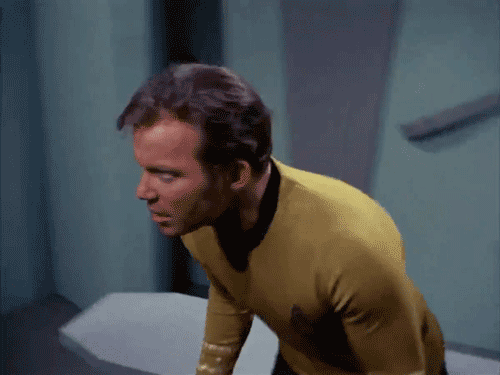
During their time on the Romulan ship, Spock very nearly seduces an incredibly thirsty Romulan commander to gain her trust. Do you see a trend yet? Riker isn’t the only First Officer who can get it, as he navigates the complex political landscape of the Romulan Empire to carry out the mission. Spock’s Vulcan stoicism and ability to think logically under pressure are critical to the mission’s success. In addition, his interactions with the Romulan commander provide a fascinating exploration of the tensions between different cultures and worldviews. While the scene was controversial then, it is often cited as an example of queer coding in the series.
One aspect of this episode that I found particularly interesting was the costume choices. The standard Romulan guards look pretty dorky. The Centurions look a bit cooler, and the Commander has this amazing two color 1960’s go-go dress and boot combo that really makes her stand out. However, the uniforms also blur the lines between friend and foe, highlighting the episode’s themes of secrecy and deception.
Overall, “The Enterprise Incident” is a tense and exciting episode that explores the complexities of power dynamics and the blurred lines between truth and deception. While it may not directly address LGBTQ issues, its themes of secrecy and the struggle for acceptance and understanding are undoubtedly relevant to the experiences of many in the LGBTQ community. In addition, the costume choices are striking and help to emphasize the episode’s themes, while the character interactions are engaging and thought-provoking. Overall, “The Enterprise Incident” is a classic episode of Star Trek that is definitely worth watching.
3. “Plato’s Stepchildren” (Season 3, Episode 10):
In this episode, the Enterprise crew encounters a group of telekinetic aliens who force Kirk and his crew to perform for their amusement. During the episode, Kirk is forced to kiss his crewmate Uhura, and Spock dances and nearly face stomps Kirk. While the episode was controversial then, it is now considered a landmark moment in LGBTQ representation on television.
Let’s dive into “Plato’s Stepchildren.”
“Plato’s Stepchildren” is an iconic episode of Star Trek that has become well-known for its groundbreaking portrayal of an interracial kiss between Captain Kirk and Lieutenant Uhura. However, the episode’s exploration of power dynamics, control, and the use of force is also highly relevant to LGBTQ issues.
The episode occurs on Platonius, where a group of powerful telekinetic beings known as the Platonians have enslaved anyone who doesn’t have powers and forced them to do their bidding. The Platonians delight in exercising their power over the humans, subjecting them to various forms of humiliation and torture.
One aspect of this episode that caught my eye was the costume choices. The Platonians wear flamboyant, brightly-colored outfits that emphasize their power and status serving up some greek god, Olympus type realness, while the humans wear drab, gray clothing that symbolizes their oppression and lack of agency. These costume choices highlight the power dynamics at play on Platonius and the struggle for freedom and self-determination.
Of course, this episode is a classic example of Bill Shatner’s ‘AAAAAAACTING!!!!!’ – as the away team is psycho-kinetically compelled into degrading and dangerous shenanigans for the entertainment of a power-drunk psychopathic god figure.
Also, I realize that most folks likely watched this on an old clunky Black and White Television set, not digitally remastered on a big screen HDTV.

Vintage RCA Television Ad circa 1966However, during Mr. Spock’s forced dance scene, they could have picked a dancer closer in height or build to Leanard Nemoy, or at least not had him look directly at the camera. Ah well. That’s one of the great things about Star Trek, all the random things you can catch on a re-watch.
Dr. McCoy is also fascinating in this episode, as he battles with the ethical implications of saving the life of a monster. This exploration of power dynamics and the use of force to control and subjugate others is highly relevant to the experiences of many in the LGBTQ community, who have faced similar forms of oppression and humiliation throughout history.
Of course, the most memorable scene in this episode is the interracial kiss between Captain Kirk and Lieutenant Uhura, which was groundbreaking for its time and remains a powerful symbol. Also, stick it to the racists and haters, NBC executives initially tried to film a different version without the kiss to air in the deep south, but the actors purposely messed up every single take in which they didn’t kiss.

While this wasn’t technically the first interracial kiss on television, it was undoubtedly one of the most talked about. For perspective, remember that Dr. Martin Luther King Jr. was a huge Star Trek fan. So he actually talked Nechelle Nichols into continuing as Ohura instead of leaving to pursue her stage career.
In conclusion, while “Plato’s Stepchildren” may not address LGBTQ issues directly, its exploration of power dynamics, control, and the use of force is highly relevant to the experiences of many in the LGBTQ community. In addition, the costume choices help to emphasize the power dynamics at play in Platonius. At the same time, the interracial kiss between Captain Kirk and Lieutenant Uhura remains a powerful symbol of love and acceptance. Overall, “Plato’s Stepchildren” is a classic episode of Star Trek that resonates with viewers today.
2.”Requiem for Methuselah” (Season 3, Episode 19):
In this episode, the Enterprise crew encounters a reclusive immortal who becomes jealous of his android girlfriend/daughter who falls in love with Kirk. There are a lot of dynamics here, and this episode could definitely be considered an allegory for coming out and awakened sexual desire/ gender identity.
Let’s dive into “Requiem for Methuselah.”
“Requiem for Methuselah” is a thought-provoking episode of Star Trek that explores themes of love, mortality, and the pursuit of knowledge. While the episode doesn’t address LGBTQ issues directly, its exploration of these themes is highly relevant to the experiences of many in the LGBTQ community.
So, the costumes: Rayna wears a stunning, flowing gown emphasizing her otherworldly beauty and grace. In contrast, Flint wears a more practical, utilitarian outfit that reflects his scientific pursuits. These costume choices highlight the distinction between the two characters and their different approaches to life and love.

Kirk plays a significant role in this episode, as he is forced to confront his emotions and desires when he falls in love with Rayna, and somewhat creepily stirs the first ever feelings of desire in her (She is an android who has heretofore had no emotions). This exploration of the complexities of forbidden love and passion is highly relevant and tragically, as Rayna finally starts gaining her own agency, saying “I choose. You do not command me!” she is torn apart by her own conflicted emotions and identity and dies.
In addition, Flint provides an exciting exploration of the pursuit of knowledge and the quest for immortality. His desire to live forever and accumulate knowledge and power is highly relevant to the human experience, as many people strive to leave a lasting impact on the world.
Overall, “Requiem for Methuselah” is a poignant and thought-provoking episode of Star Trek that explores themes of love, mortality, and the pursuit of knowledge. While it may not address LGBTQ issues directly, its exploration of these themes is highly relevant to the experiences of many in the LGBTQ community. Additionally, the costume choices highlight the contrast between the characters, while the character interactions are engaging and thought-provoking. Overall, “Requiem for Methuselah” is a classic episode of Star Trek that is definitely worth watching. Also, at the very end, Spock very questionably intrudes Kirk’s mind with an uninvited mind meld but instead of going through the very well know, “My mind to your mind, your thoughts to my thoughts” bit, he just puts his hand on Kirk’s sleeping head and says, “Forget”.
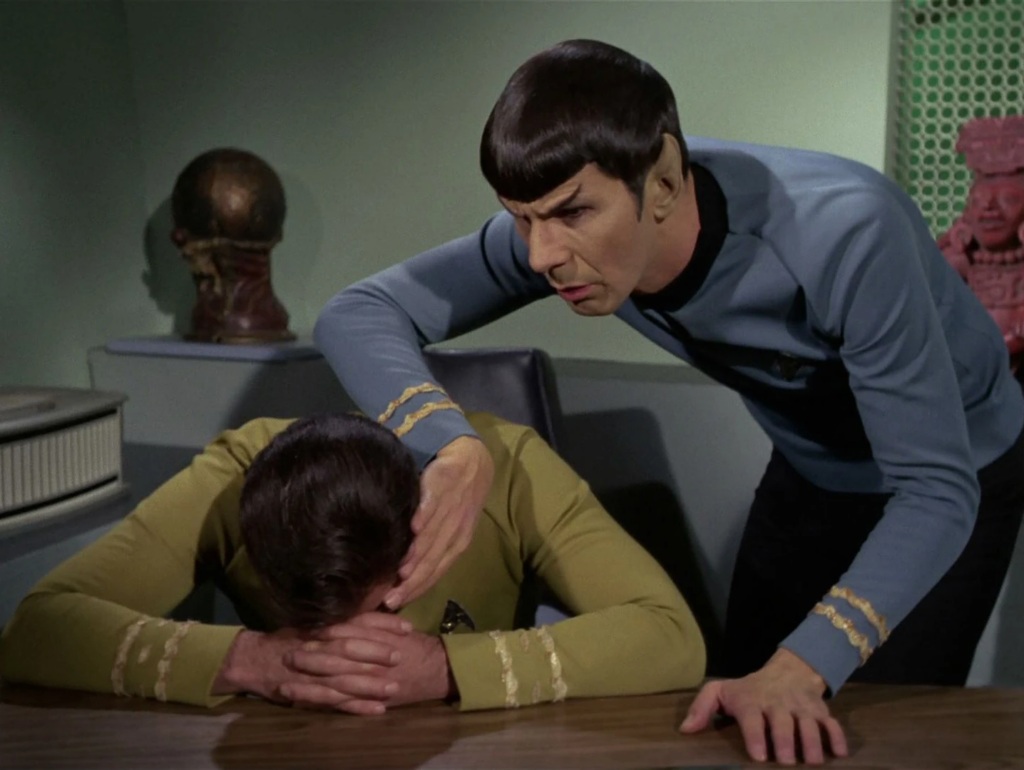
1.”The Cloud Minders” (Season 3, Episode 21):
In this episode, the Enterprise crew visits a planet where the ruling class lives in a city in the clouds while the working class lives on the surface. During the episode, Spock engages in a romantic relationship with a woman from the ruling class (who is super thirsty for him, and has amazing eye makeup. We also get to hear some great line as she learns about the ‘7 year itch’ that Vulcans get *see Season 2; Episode 1), challenging the societal norms of the planet. This episode is also a great reminder that it’s pretty easy to have a utopia in the clouds when you completely subjugate and enslave people. This episode echos many of the racist arguments used to enslave people in our own history (but in Spaaaaace!) This episode was especially on the nose in 1969, and an example of when Star Trek didn’t pull any punches.
(Disclaimer: They use the r-word in the episode when discussing the effects of the gas)
Let’s dive into “The Cloud Minders.”
“The Cloud Minders” is a fascinating episode of Star Trek that deals with themes of class inequality and social justice. While the episode doesn’t address LGBTQ issues directly, its exploration of these themes is highly relevant to the experiences of many in the LGBTQ community.
The characters from the planet Stratos wear ornate, flowing robes that reflect their privileged status, while the Troglytes wear more utilitarian outfits that reflect their oppressed status. These costume choices highlight the stark contrast between the two groups and their different social standings. Also, the guards have super fun hats.

Droxine also plays a significant role in this episode, as she is initially dismissive of Kirk and Spock due to her prejudices against them as outsiders. This exploration of prejudice and bias is highly relevant and is unfortunately all too familiar to the LGBTQ community, who have faced discrimination and stigma due to their identities.
In addition, the episode raises important questions about social justice and the distribution of resources. The Troglytes are forced to work in harsh conditions to mine the valuable mineral zenite (which it turns out impact brain function, and a simple respiratory renders the caste system toothless), while the Stratos inhabitants enjoy a life of luxury and privilege. This exploration of class inequality is highly relevant to the experiences of many in the LGBTQ community who have faced discrimination and barriers to accessing resources and opportunities.
Overall, “The Cloud Minders” is a thought-provoking episode of Star Trek that deals with class inequality and social justice themes. While it may not address LGBTQ issues directly, its exploration of these themes is highly relevant to the experiences of many in the LGBTQ community. The costume choices highlight the stark contrast between the two groups, while the character interactions are engaging and thought-provoking. Overall, “The Cloud Minders” is a classic episode of Star Trek that is definitely worth watching.
It’s important to note that the queer coding of these scenes and episodes is a matter of interpretation and is not explicitly stated in the show. However, they offer a glimpse into how LGBTQ+ themes and characters were explored in media during a time when overt representation was impossible.
These episodes and others demonstrate Star Trek: The Original Series’ willingness to explore themes of gender and sexual identity in a groundbreaking and provocative way. While the series may not have always been overtly LGBTQ-inclusive, it pushed the boundaries of what was considered acceptable on television. It paved the way for future series to explore these themes more deeply.
If you enjoyed this, please let us know, and check back soon for The Next Generation!


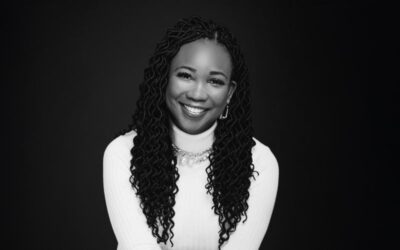


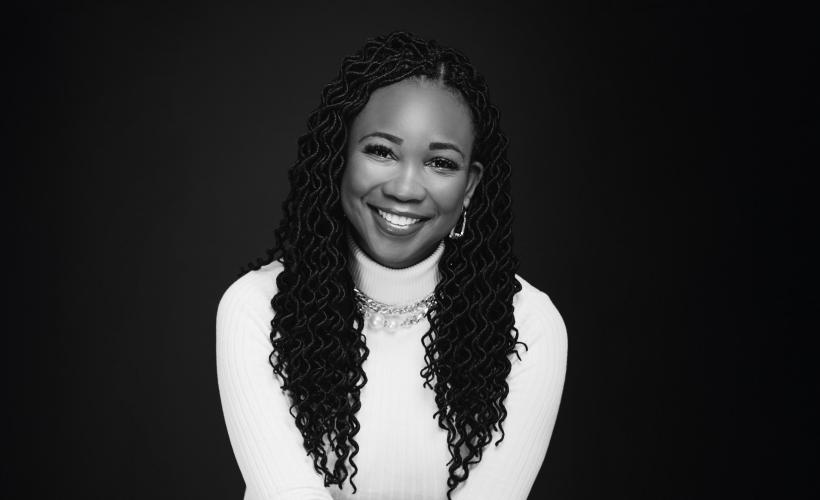
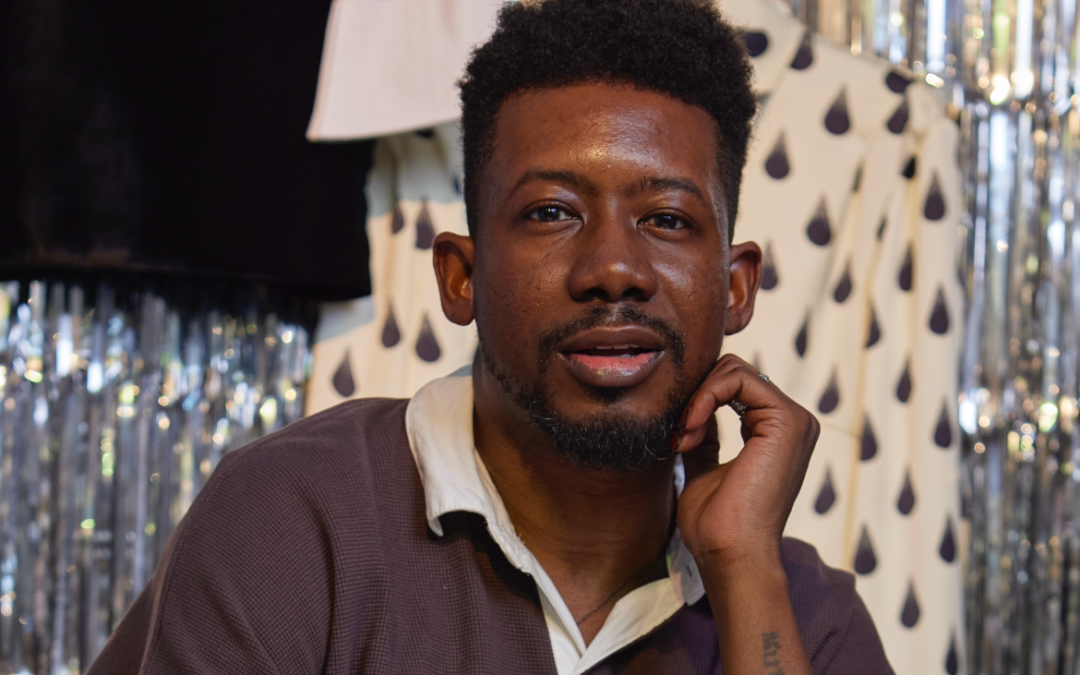
0 Comments